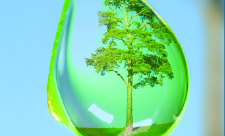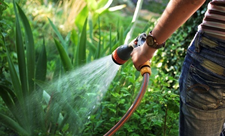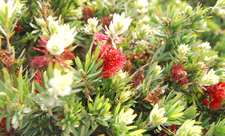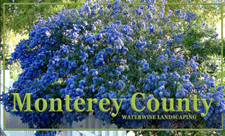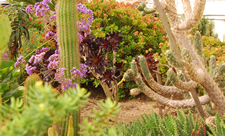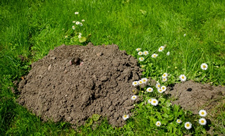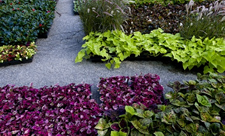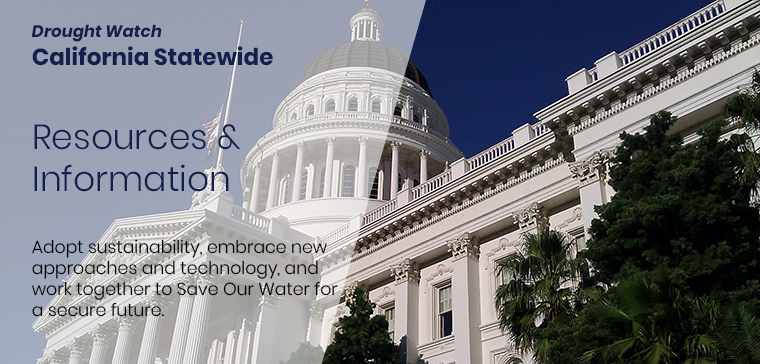
For a statewide look at drought, visit the State Water Resource Control Board Drought page, statewide look at drought:
The Save Our Water website provides conservation infomation and links to water-related resources, partnering agencies, and supporting organizations from across the state.
For the latest derought orders, proclamations, notices, and letters, visit the California Water Boards website.
Governor Newsom added 8 counties to severely impacted list on July 8
Gov Newson added 9 counties including Monterey, to his list of severely impacted counties for a total of 50. He asked that urban users reduce their water use by 15 %. Read the Executive Order (PDF).
The California Water Board on 8 June, 2021 issued a notice to public drinking water systems things not to do):
To prepare for drought impacts statewide, the notice stressed preparation and planning, evaluation of water supply, development of contingency plans, and the encouragement of customers to voluntarily conserve were listed a priority actions.
The notice highlighted the creation of voluntary conservation practices and suggested the curtailment of the following:
- Water of outdoor landscapes that causes incidental runoff onto adjacent proper, non-irrigated areas, private and public walkways, roadways, parking lots, or structures.
- Washing privately-owned cars with a hose, unless using positive actions such as a shut-off nozzle.
- Applying potable water directly to driveways and sidewalks.
- Using potable water in an ornamental fountain or other decorative water features.
- Using water to irrigate turf and ornamental landscapes during and within 48 hours after measurable rainfall.
- Serving drinking water that was not requested in eating and drinking establishments.
From Governor Newsom's emergency declaration of April 21, 2021:
California is no stranger to drought; it is a recurring feature of our climate. We recently experience the 5-year event of 2012-2016 another notable historical droughts including 2007-09, 1987-92, 1976-1977, and off and on dry conditions spanning more than a decade in the 1920's and 1930's.
Defining drought is based on impact water users. California is a big sate and impacts vary with location. Hydrologic conditions causing impacts for water users in one location may not represent drought for water users in a different part of California or users with a different water supply, individual water agencies may use criteria such as rainfall/runoff, amount of water storage, or expected supply from a water wholesaler to define their water supply conditions.
Drought is a gradual phenomenon, occurring slowly over time. Storage, whether in surface water reservoirs or in groundwater basins, buffers drought impacts and influences the timing of when drought impacts occur. A single dry year isn't a drought for most Californians because of the state's extensive systems of water infrastructure and groundwater resources buffer impacts.
Drought impacts are felt first by people most dependent on annual rainfall – such as ranchers using dryland range or rural residents relying on wells in low-yield rock formations. Drought impacts increase with the length of the drought, as carry-over supplies in reservoirs are depleted and water levels in groundwater basis decline.


